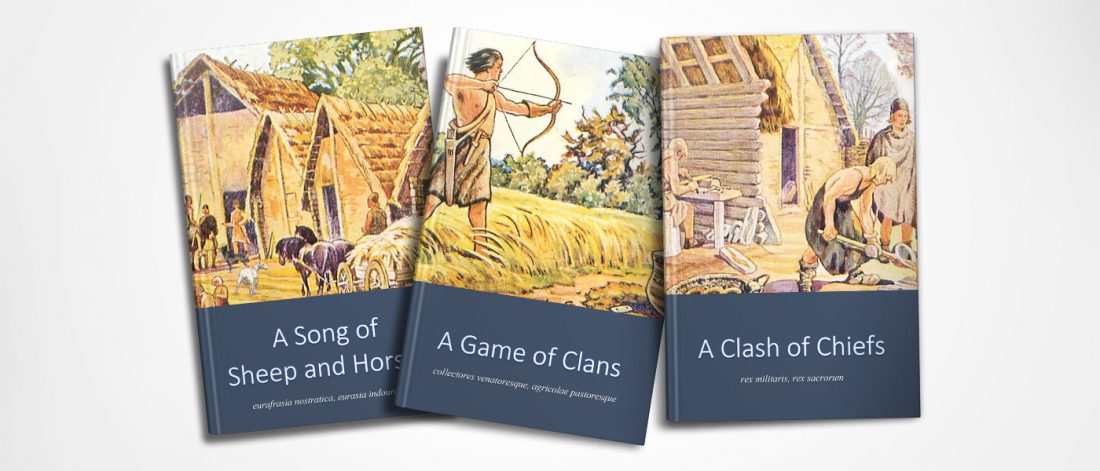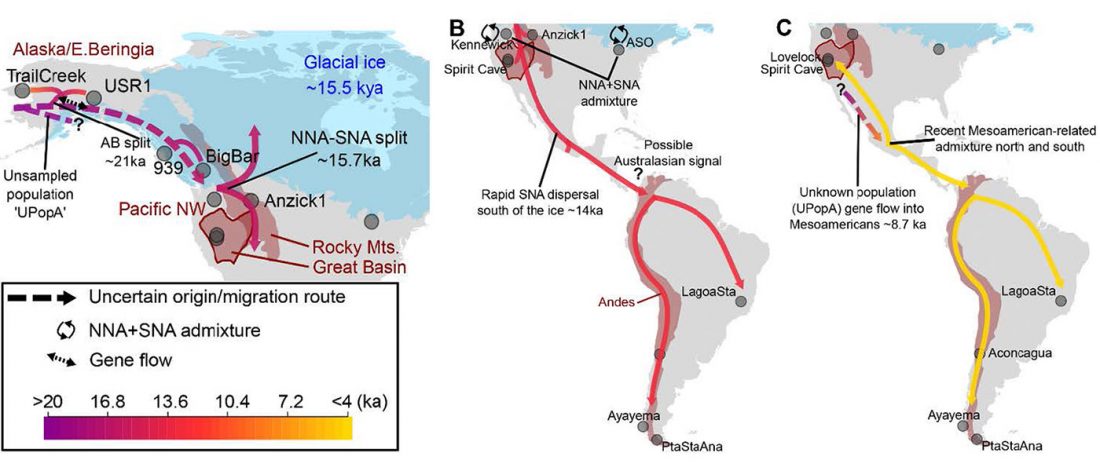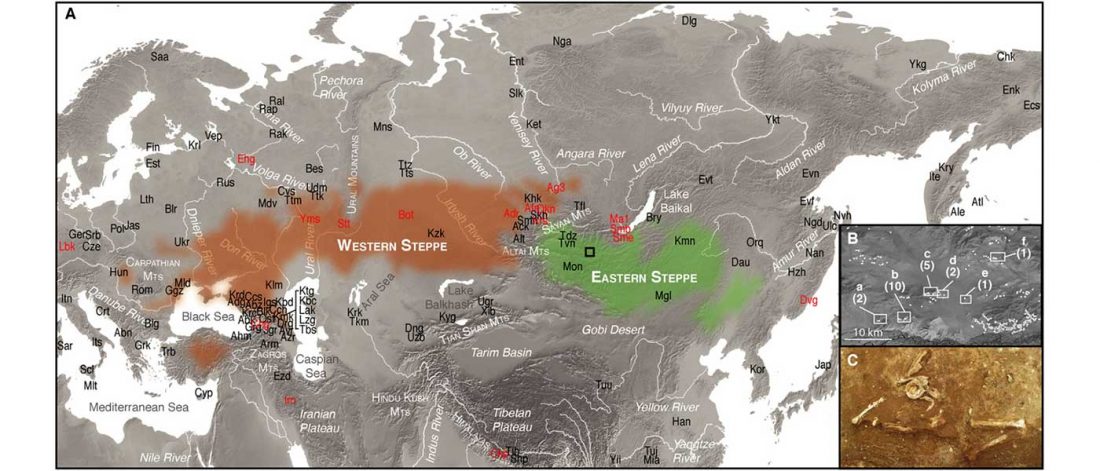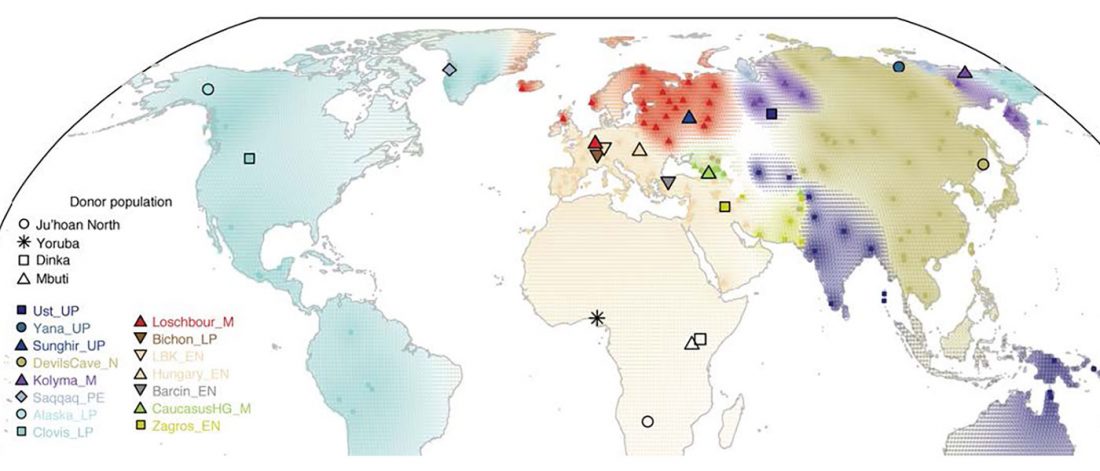Happy new year 2019…and enjoy our new books!
Sorry for the last weeks of silence, I have been rather busy lately. I am having more projects going on, and (because of that) I also wanted to finish a project I have been working on for many months already.
I have therefore decided to publish a provisional version of the text, in the hope that it will be useful in the following months, when I won’t be able to update it as often as I would like to:
- Announcement and introduction to the series.
- Book One: A Song of Sheep and Horses: eurafrasia nostratica, eurasia indouralica.








